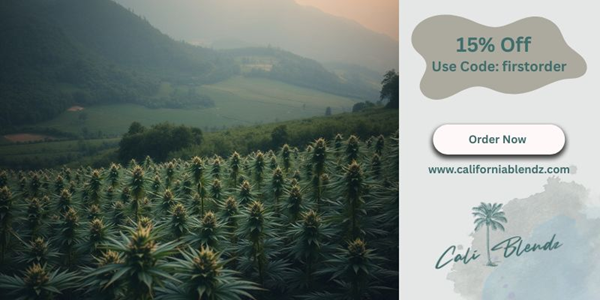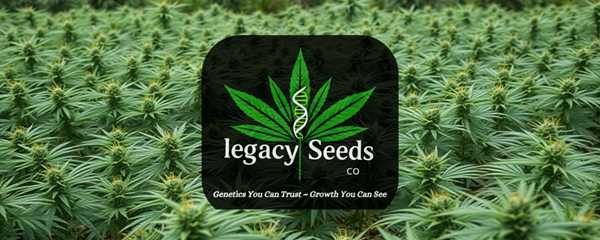By Dr. Hypno (Sponsored Article)
There is no denying that cannabis cultivation takes a toll on the environment. From the massive amount of water needed to grow a single plant to the pesticides and other chemicals used in large-scale operations, it’s easy to see how cannabis cultivation can have a negative impact on the environment.
 But it’s not all doom and gloom. While there are certainly some environmental concerns when it comes to cannabis cultivation, there are also some positive impacts. For example, cannabis can be a renewable fuel source, and hemp fibers can create biodegradable plastic.
But it’s not all doom and gloom. While there are certainly some environmental concerns when it comes to cannabis cultivation, there are also some positive impacts. For example, cannabis can be a renewable fuel source, and hemp fibers can create biodegradable plastic.
This blog post will look at both the positive and negative environmental impacts of cannabis cultivation.
The Positive Environmental Impacts of Cannabis Cultivation
As we mentioned above, some positive environmental impacts come from cannabis cultivation. Here are a few of the most notable ones:
Cannabis can be used as a renewable fuel source – Cannabis plants produce a compound called cannabidiol (CBD), which can be converted into biodiesel. Biodiesel is a clean-burning, renewable fuel used in any diesel engine. Many companies are already using CBD-based biodiesel to power their vehicles.
Hemp fibers can be used to create biodegradable plastic – Hemp is a cannabis plant grown for its fiber. This fiber can create biodegradable plastic products, such as cups, containers, and utensils.
Cannabis plants can help reduce carbon emissions – Cannabis plants absorb carbon dioxide (CO2) from the air as they grow. The CO2 is released back into the atmosphere when these plants are burned for fuel. However, compared to fossil fuels like coal and natural gas, the release of CO2 from burning cannabis is much lower.
The Negative Environmental Impacts of Cannabis Cultivation
While there are some positive environmental impacts of cannabis cultivation, there are also some negatives to consider. Here are a few of the most significant adverse effects:
Cannabis requires a lot of water to grow – A single cannabis plant can consume up to 22 liters (5.8 gallons) of water per day. That’s a lot of water! To put it into perspective, that’s about the same amount of water an average person uses in an entire day.
In drought-prone areas, this increased demand for water can lead to shortages and put even more strain on local water supplies.
Additionally, when growers extract water from rivers or aquifers faster than they can replenish, it can lower the water table and dry up wells. This has already happened in some areas where cannabis is grown commercially.
As legalized cannabis becomes more prevalent, growers need to find ways to minimize their water usage. One way to do this is by using hydroponic systems, which recycle water and use only a fraction of the amount that traditional growing methods require.
Another way to reduce water usage is by using greywater systems, which recycle wastewater from other activities (like showering or laundry) and use it to water plants. Pesticides and other chemicals used in commercial grows can pollute waterways – Cannabis plants are often treated with pesticides and other chemicals to prevent pests and diseases. However, these chemicals can sometimes leach into nearby waterways, polluting the water and harming aquatic life. In addition, large-scale commercial grows often rely on heavy equipment like tractors, which release greenhouse gases like carbon dioxide ( CO2 ) and nitrous oxide into the atmosphere. These greenhouse gases trap heat in the atmosphere and contribute to climate change.
Conclusion
As you can see, there are both positive and negative environmental impacts associated with cannabis cultivation. However, it’s essential to remember that these impacts depend primarily on how the crop is grown. For example, indoor grows typically have higher energy demands than outdoor grows, which releases more greenhouse gases into the atmosphere. On the other hand, outdoor may require more pesticides and chemicals than indoor grows. Follow HypnoSeeds for exciting blogs like this.
How could growers reduce the negative environmental impact of cannabis cultivation? As legalization becomes more common, it will be necessary for growers to find ways to minimize their negative impact on the environment. Some ways growers could use hydroponic or greywater systems, invest in renewable energy sources, or choose environmentally friendly pest control methods. What do you think? Let us know in the comments below!






